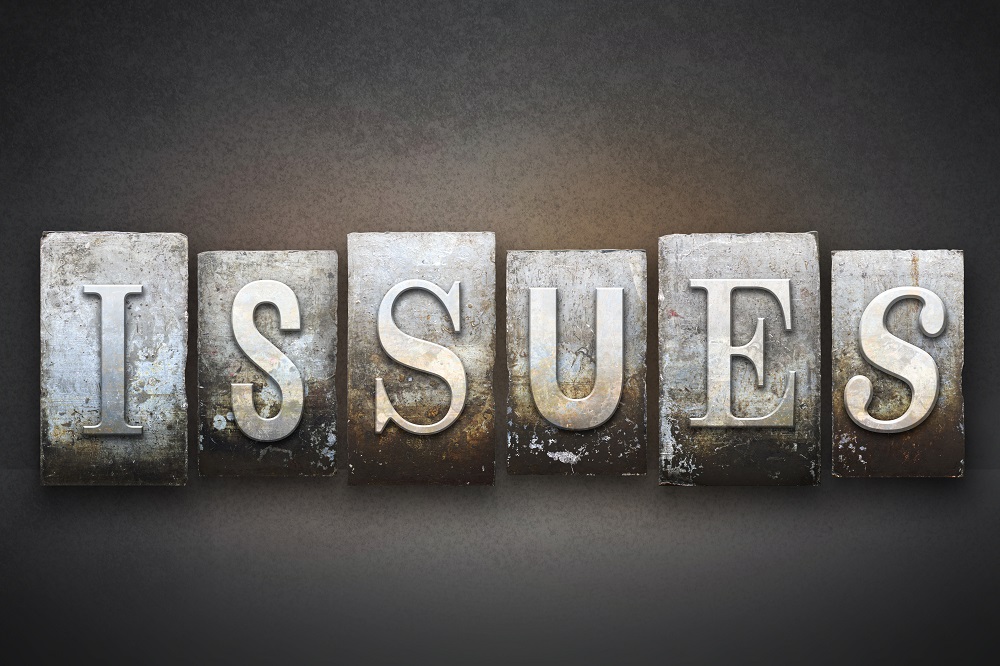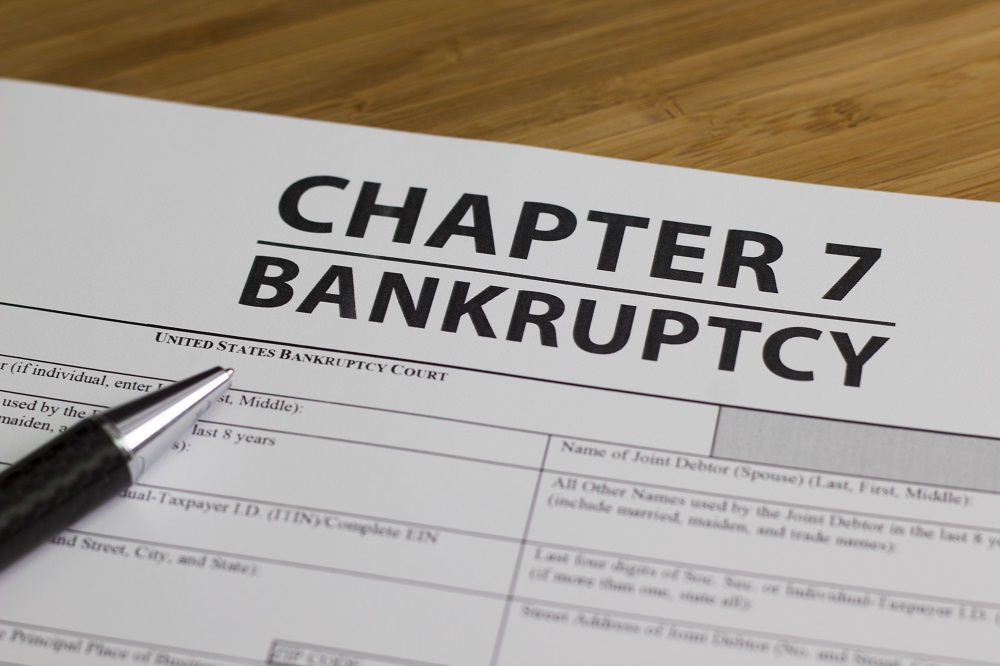What is the Best Effort Requirement in Chapter 13 Bankruptcy?
Chapter 13 bankruptcy makes a lot of sense for Arizona families that are experiencing debt and financial burden. If you are considering this chapter, you will need to acquaint yourself with the requirements. The best effort requirement in Chapter 13 bankruptcy is one of the essentials under the Chapter 13 filing.
What is the Best Effort Requirement?
The best effort requirement simply means that the monthly instalments used to cover priority debt have to represent your best effort to make adequate payments to as many creditors as possible.
Presented this way, the requirement is a bit vague and open to interpretation.
The best effort payment is actually determined via a formula that trustees apply to calculate the monthly installments. The formula is based on the debtor’s income, their monthly expenses, disposable income level and the amount/types of debt they have accumulated.
This requirement is in place to ensure adequate payments to debtors. In the beginning, it may seem somewhat harsh. Extra expenditure will have to be reduced and most or all disposable income will be put towards covering debt. Still, Chapter 13 bankruptcies are debt restructuring plans and debtors should be prepared for some sacrifices and lifestyle changes in the very beginning.
How Your Income Determines Best Effort Payments?
Individuals interested in Chapter 13 bankruptcy filing will have to fill out Form 22C. This form is also known as the Chapter 13 Statement of Current Monthly Income and Calculation of Commitment Period and Disposable Income.
The best effort formula will take in consideration whether your income is below the Arizona median or above it (the means test).
Whenever your income is below the Arizona median, the monthly disposable income will not have to be calculated. In such instances, the court assumes that the debtor does not have disposable income. Their budget is used to establish best effort payments.
Such debtors may have to pay small monthly amounts. In addition, the payment plan will typically last only three instead of five years. The best effort requirements will still be met.
Whenever the income is above the state median, the disposable income will have to be calculated. The monthly instalment will be determined in the manner described in the previous section of the article. Above-median debtors need to complete a five-year payment plan for the purpose of handling all of their priority debt. Upon the completion of the program, the remaining debt will be cancelled.
A Few Additional Facts about Best Effort Payments
Your best effort in a Chapter 13 bankruptcy filing is determined by the highest amount possible.
This means that in most instances (for debtors who have an income above the Arizona median), the best effort will be represented by the individual’s entire disposable income.
 While you will be left with no disposable income, the aim of the best effort requirement in Chapter 13 bankruptcy is to be fair. It will not affect your assets and you will be allowed to keep them, regardless of the sum that represents your best effort in the specific circumstances.
While you will be left with no disposable income, the aim of the best effort requirement in Chapter 13 bankruptcy is to be fair. It will not affect your assets and you will be allowed to keep them, regardless of the sum that represents your best effort in the specific circumstances.
A bankruptcy court will expect a debtor to be open and honest about their resources and their ability to repay debt. This is what the best effort requirement is all about. Concealing income and attempting to misrepresent one’s ability to repay debt will be seen as bankruptcy fraud. The consequences of such violation can be serious and even criminal proceedings may be launched against the debtor.
Future changes in income will also have to be reported for the purpose of satisfying the good faith requirement. Whether your income increases (through a promotion at work, for example) or you lose your job, you will have to report the change in circumstances for the purpose of having the payment plan modified. Consult experienced bankruptcy lawyer to guide you in demonstrating best effort in filing bankruptcy.





